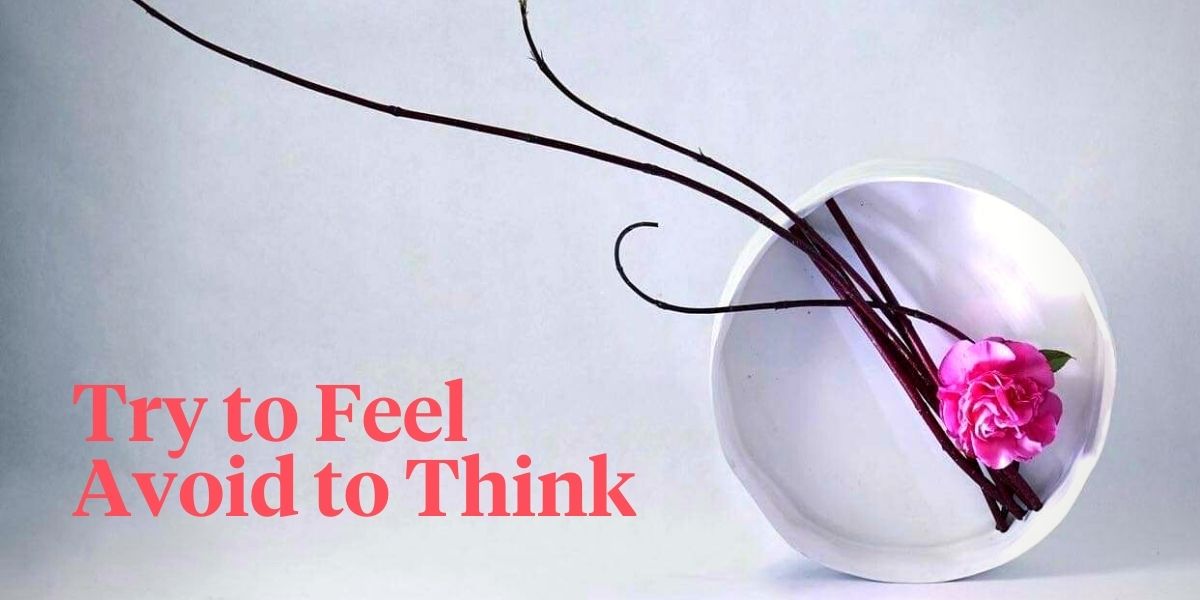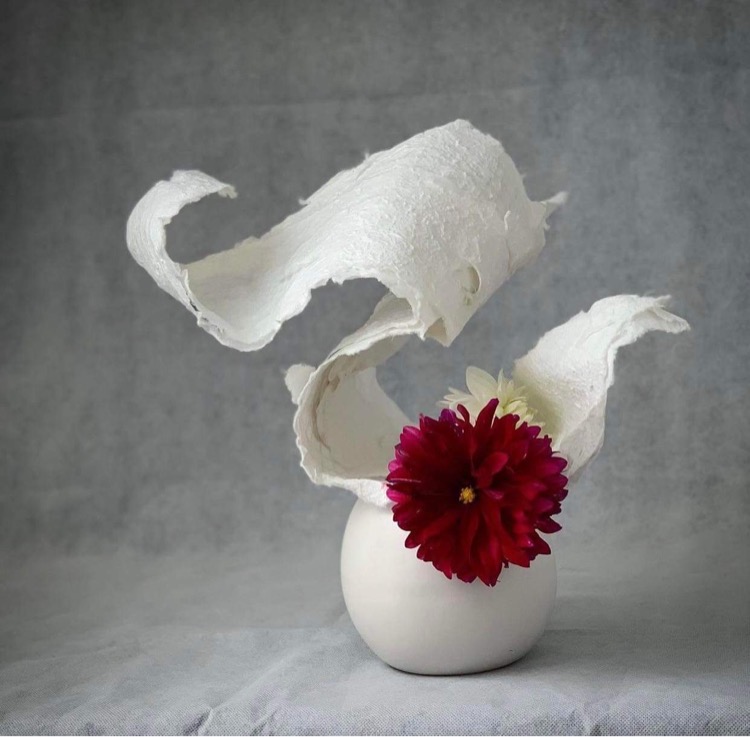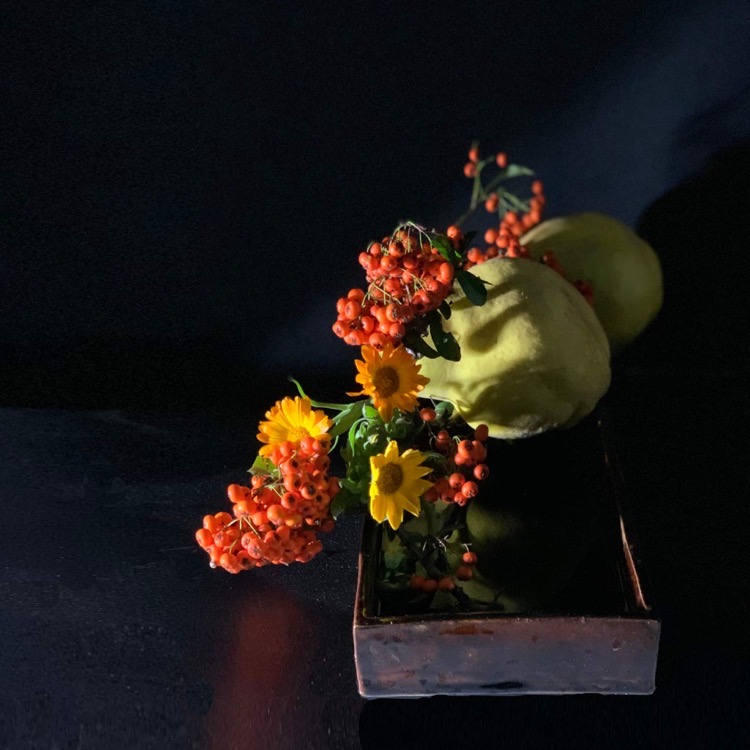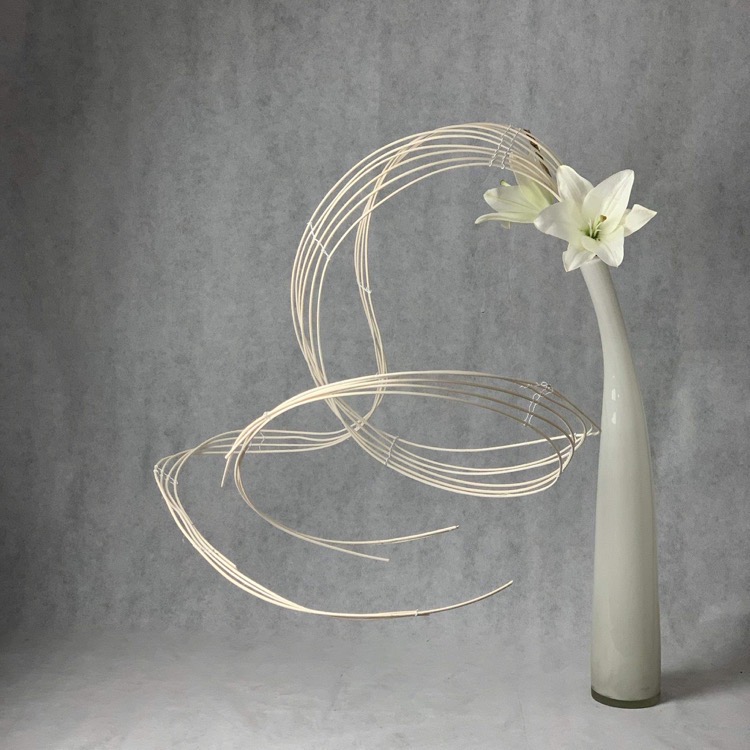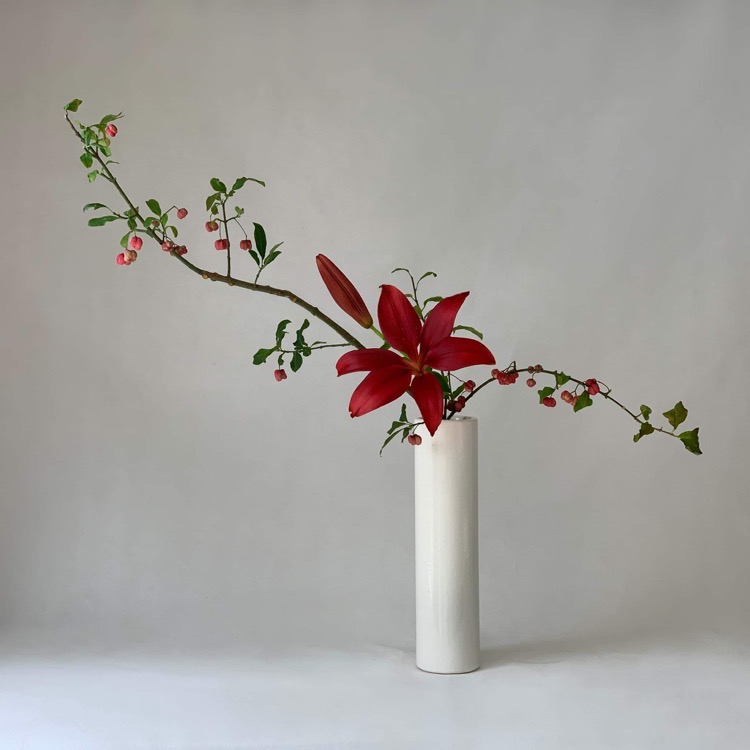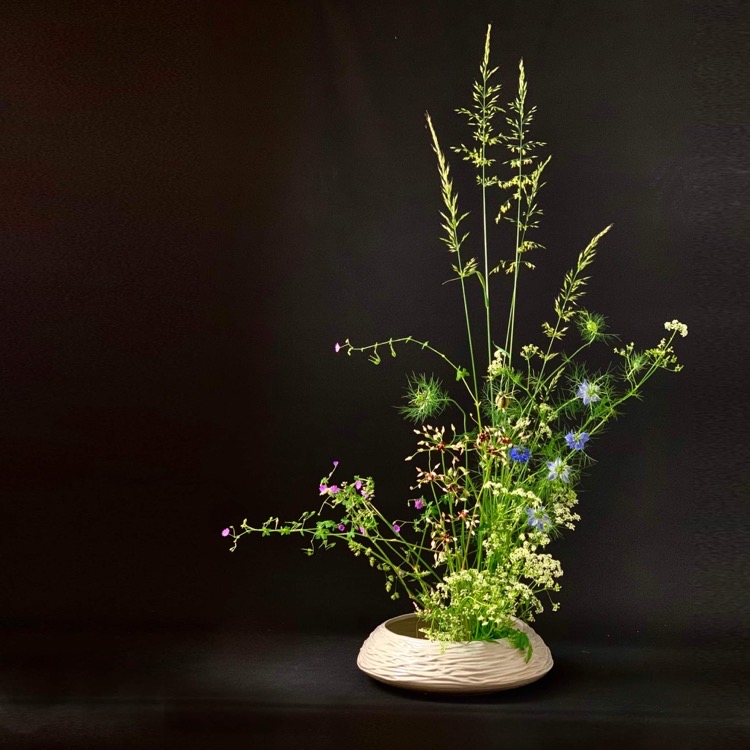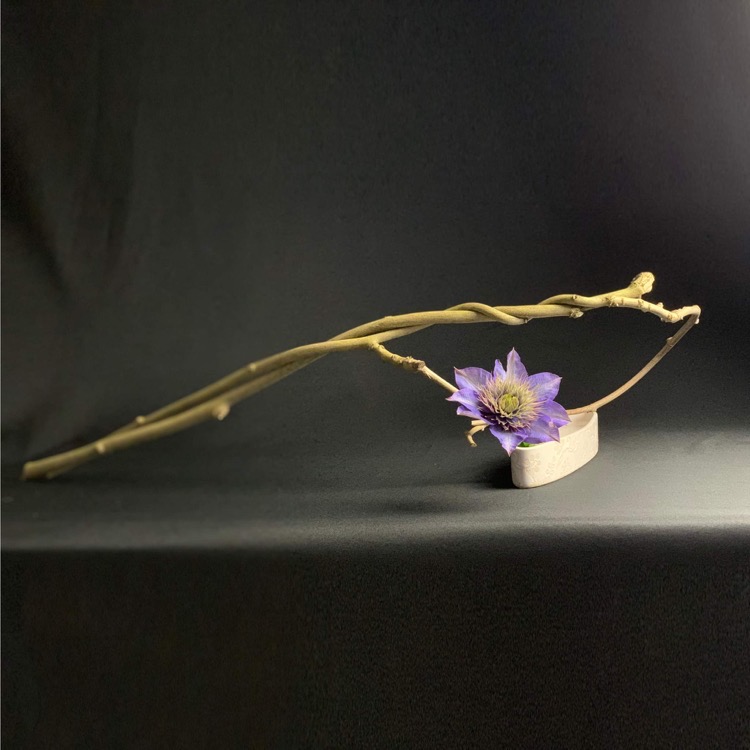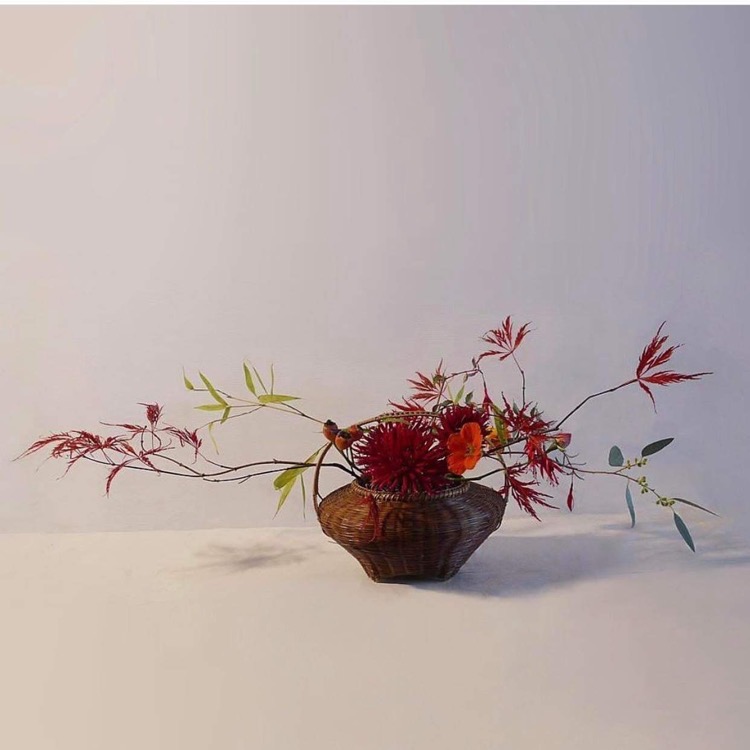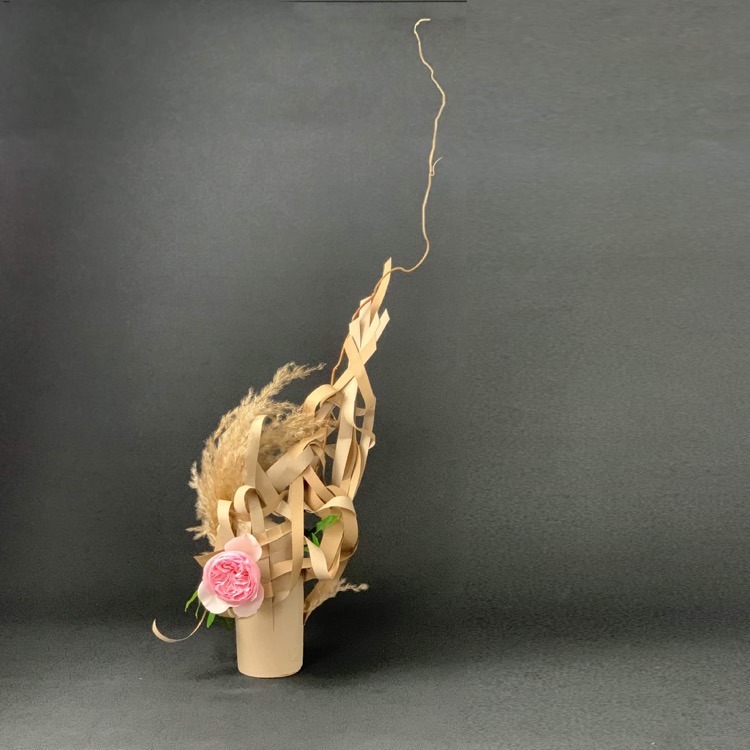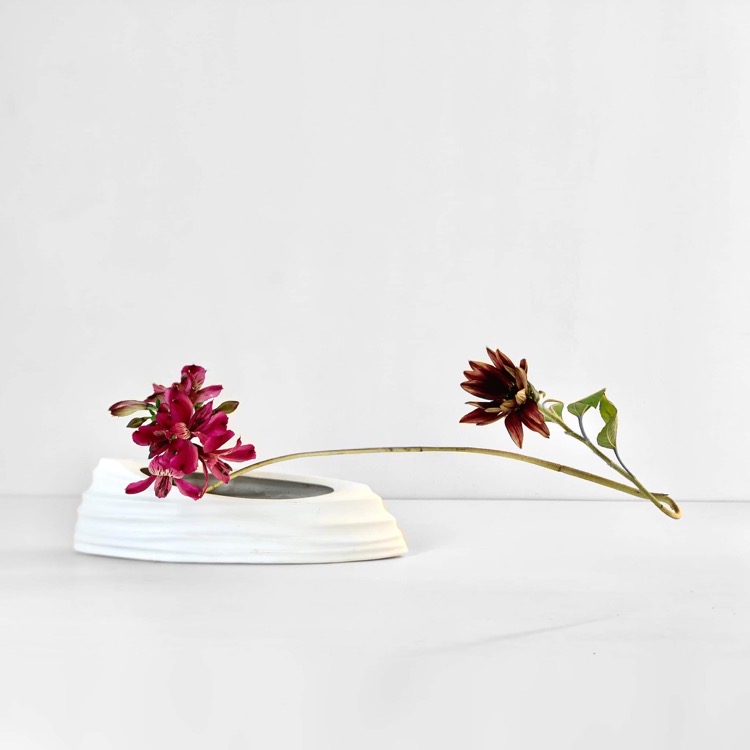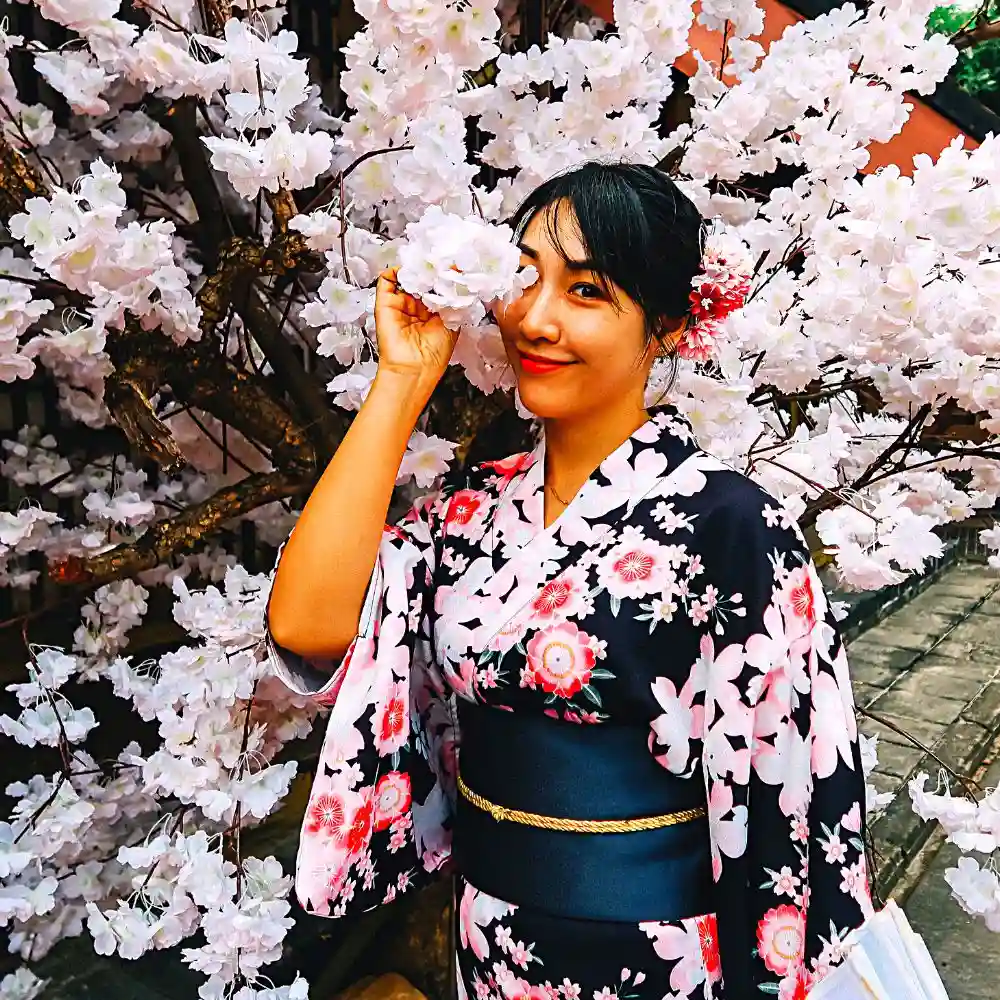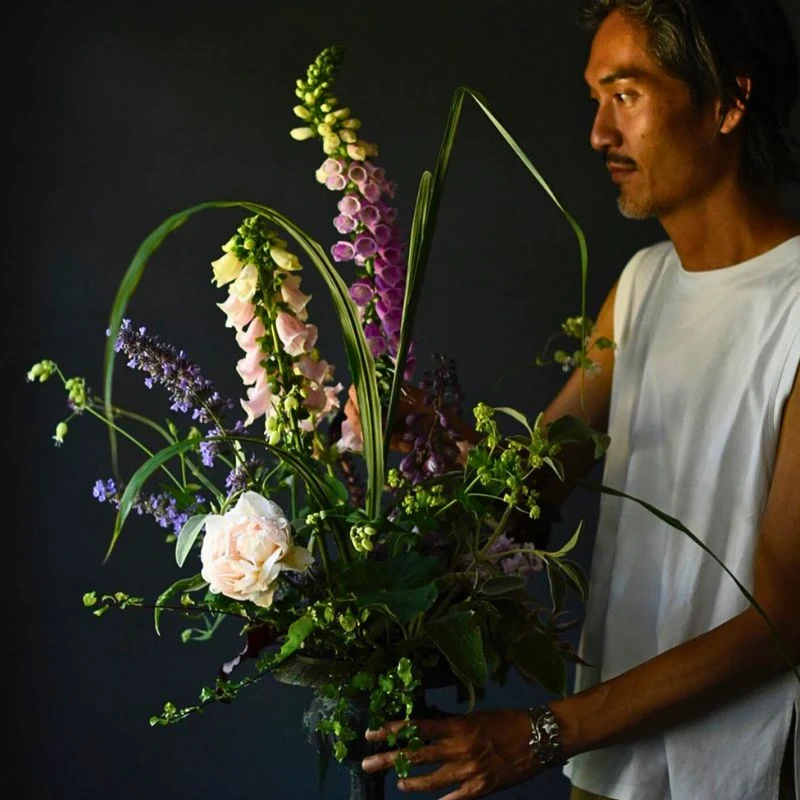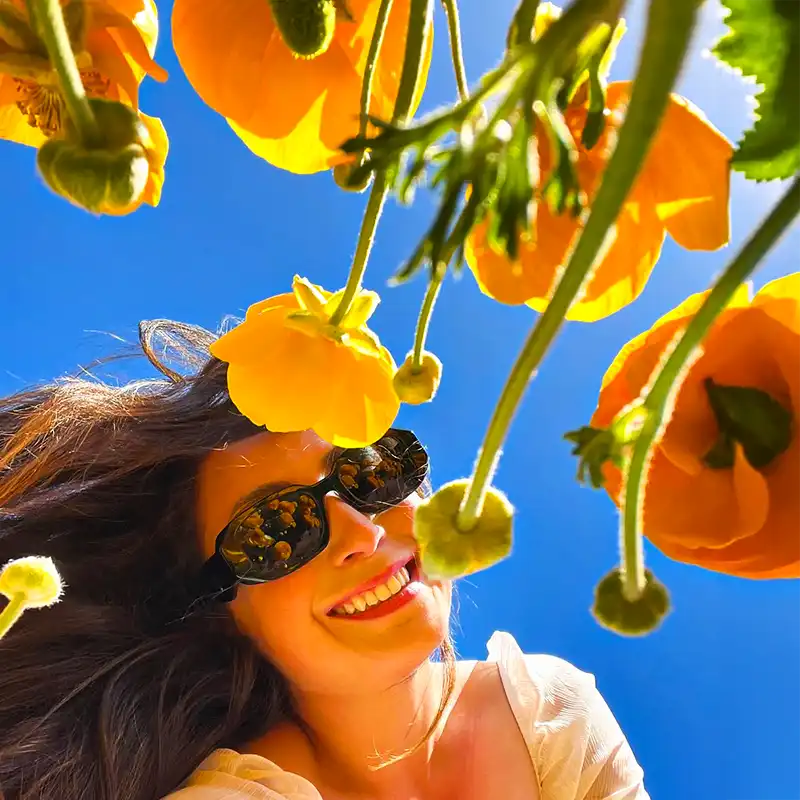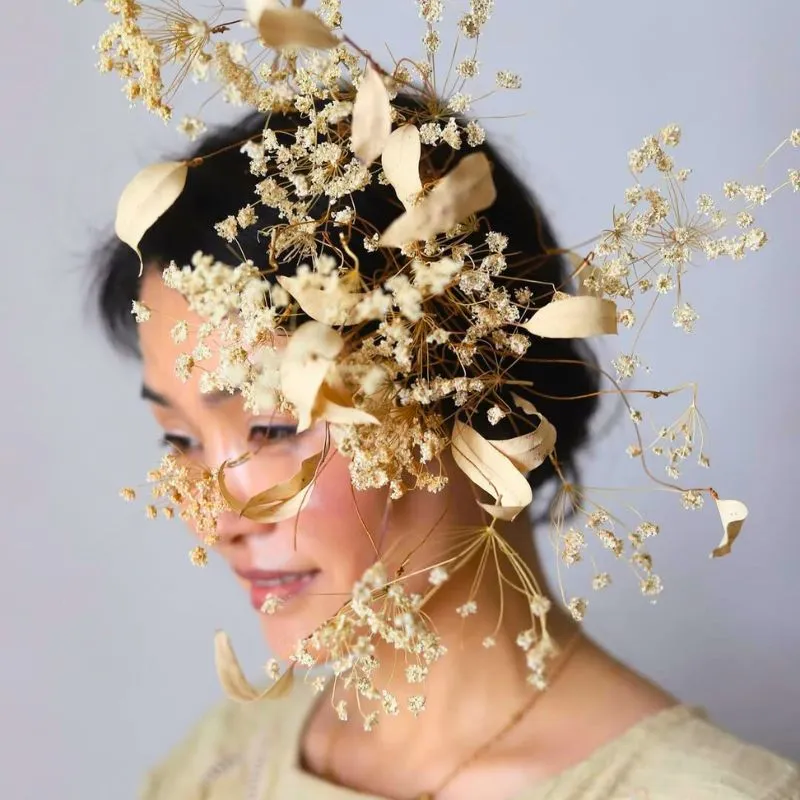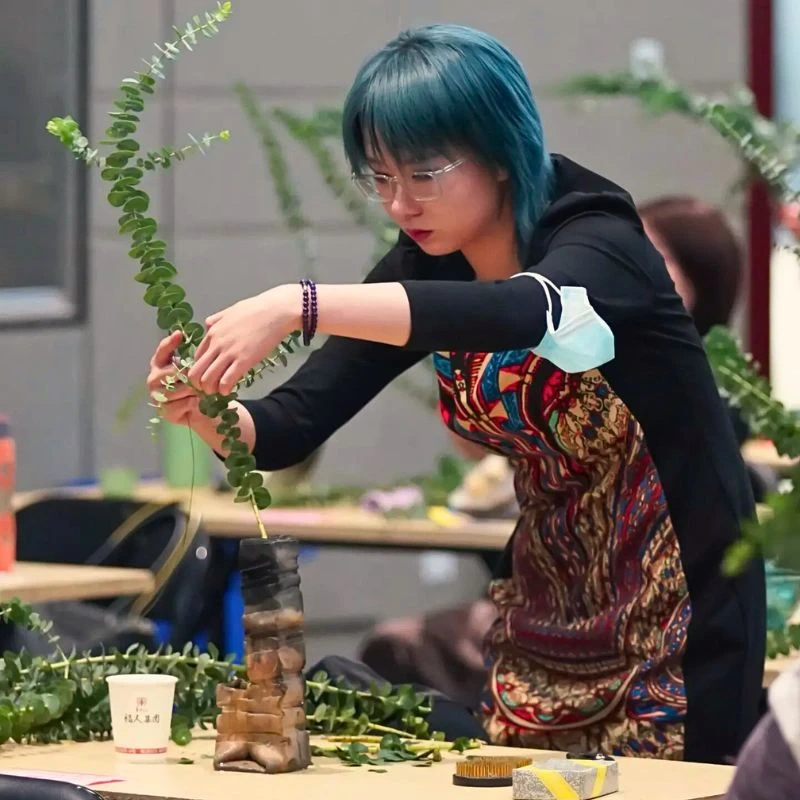I am convinced that most successful people are skilled in some form of meditation and do it regularly. It could be a classic 'still sitting' kind of meditation or a dynamic one – extensive running, intense workouts, or yoga practice. This blog is my take on the meditation topic. It is the story of how ikebana – an ancient Japanese floral art – became my dynamic meditation of choice, and how it helped me balance the competing demands of the life of a working parent.
Ikebana as Meditation
About 80% of folk interviewed by Tim Ferriss (who is the author of multiple bestsellers including 'The 4-Hour Workweek' and a host of the number one podcast in the business category on iTunes 'The Tim Ferris Show') said meditation is a part of their morning routine. And those are a very successful bunch from tech CEOs to endurance athletes.
Did they become successful because they were good at controlling their brains? Or did they learn to control their brains to cope with the increasing level of anxiety as their success grew? In either case, the ability to find stillness in chaotic, high-pressure situations seems to be the distinguishing factor between those who “make it” and… the rest. Discovering an ancient Japanese Floral Art is my meditation in life. Listen to what I have to say.
What Is Ikebana?
If you ask your friend Wikipedia “what is ikebana?” it will say that it is an art of arranging flowers. But then it will also tell you that it is also called 'Kado' – the way of spiritual developments, a path of self-knowledge similar to the martial arts (karate-do, aikido, judo). This perhaps is what sets ikebana apart from other forms of floral art.
I have been curious about spiritual development systems for years. They vary widely, but one thing they all seem to have in common is a practice of connecting with the inner peaceful core. In the contemporary language, we often call it meditation.
Meditation
My personal experience with mediation was all about taking distance from the thinking mind. Or rather, bypassing the worrying, chatting, busy part of the brain and connecting directly to the wise, silent, peaceful part of it.
If you have ever attempted mediation, you may, like me, have found that it is easier said than done. Many of us spent a vast amount of time trying to stop thinking, becoming frustrated, discouraged, and insecure once we realize we are not able to do it for a meaningful length of time. This kind of defeated the purpose of trying to find inner peace. So… what next?
A Helpful Hint
A while ago I came across a helpful hint. The speaker was comparing the thinking mind with a very active monkey who is constantly busy jumping from task to task. How do we keep the monkey quiet? The answer was simple. We give her a banana. And while she is busy with it, we can do our peaceful meditation.
What can we use as our metaphorical banana? There are many tools created by humanity. Repeating memorized verses of prayers and religious chants is perhaps the most common one. Doing dynamic meditations like martial arts is another well-known form. Any extreme sport would be a 'banana on steroids'. Those are needed for the brains of top executives or world leaders. Their minds are filled with so much serious stuff that switching them off is nearly impossible unless you are a well-trained meditator.
No Spiritual Mumbo-Jumbo
I hope by now I have convinced you that meditation is a serious matter and not spiritual mumbo-jumbo. Finding our personal way of distracting the monkey part of our brain is worth investing some time into.
After years of yoga and Tai Chi, I absolutely unexpectedly found a very easy way of entering into this highly desirable meditative state. For me, it is through practicing the art of ikebana. It is a perfect distraction to my busy thinking patterns minus the dangers of extreme sports. Plus, it had a bonus compared to yoga: at the end of each lesson, I had a nice flower arrangement to remind me of the experience I had.
I have elaborated on my experience many times when talking to people about ikebana. For me, when I come to my teacher’s place for the lesson, I leave the world at the door. I am a different person with a different purpose and a very difficult task at hand. I am working on the assignment and nothing else matters.
I love this perfect moment during an ikebana lesson when there is complete focus, silence, and concentration in the group. Keep in mind that it is typically a group of women, who were happily chatting just before the lesson and will carry on chatting right after. They are all transformed for a moment. They have fully given themselves to the process of creation, and the more they are able to let go of anything outside of the IIkebana world, the more enchanting their arrangements are.
Tuning into Harmony
In the book Zen in the Art of Flower Arrangement: An Introduction to the Spirit of the Japanese Art of Flower Arrangement Gustie Herrigel speaks about the way teachers in Japan used to review students’ works. Teachers were evaluating whether the true connection with the essence of the flower was achieved by the student. Nowadays we perhaps would not use such wording. Nevertheless, it is clear what she means. It is not tangible, you can’t put your finger on it, but sometimes an arrangement just works and sometimes it does not. Even if there is no fundamental difference. You are just tuning into harmony or you are not.
How to Enter a Special State of Complete Presence?
So how do we enter into this special state of complete presence in our creation process? Well, first we try to avoid overcomplicating it. We just stay with feeling and avoid thinking. The simplest way is to concentrate on the sensory contact with the material.
Listen – pour water into the container as the first step. Listen to the sound of water. This will make you do it slowly because it is actually quite enjoyable. It also prompts you to handle your tools more carefully without making noise when you put them on the surface of the table. This in turn makes your movements more conscious, which is the whole point really.
Touch – different materials have different textures. Try touching stems of different flowers, the bark of branches, petals, and stamens. Rub pollen between your fingertip (careful, don’t mark your clothes! Some pollen is not possible to wash off). It is fascinating how much variety nature has in it. Humbling really.
Smell – yes, this is the best part. Even if you are using flowers that do not have an iconic perfume smell there is for sure a subtle scent present. And it is not always a pleasant one. But this is yet another discovery you can make to get acquainted with your materials. And don’t forget that leaves and grasses all have their own less pronounced scents.
Observe – colors, shapes, lines, big curves, and small details. All are worth our attention. They are there patiently waiting to be discovered, and once you discover them, it is your job to create an arrangement to share your discovery with others!
Check my profile page if you would like to get in touch with me.

